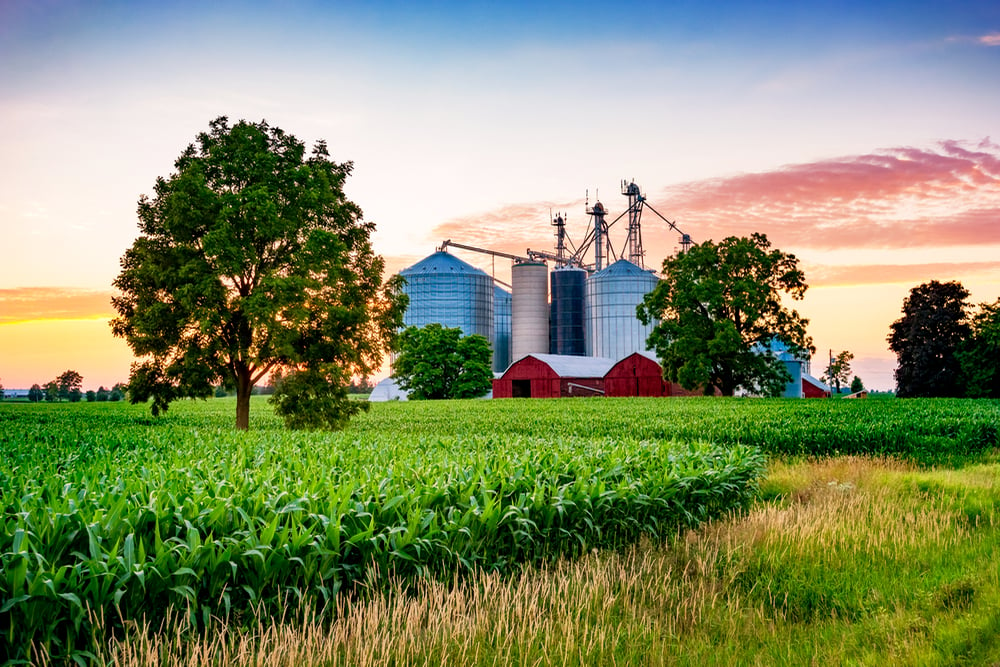Nowhere is it more true than in the hog sector. Abnormal is the new normal in Canadian agriculture overall, but the swine industry in particular experienced repeated, devastating blows during the five-year sample period.
It used to be that revenue per pig produced was cyclical. Typically the price cycle was two years up, two down. “The last down cycle has extended for almost 3-1/2 to four years,” says Ken McEwan, professor at the University of Guelph’s Ridgetown Campus. “When you get looking at ROA from an industry perspective, price cycle is very important.”
Read Also

The wildly adaptable side of next gen agriculture
Some people just fall into the world of agriculture — and consider themselves lucky to have stumbled into such a…
Many factors have affected hog prices in the last decade, including country-of-origin labelling, exchange rates, foreign government policy changes, H1N1 and trade barriers. With a commodity on the open market and very dependent on foreign trade, these factors have a huge impact on price.
“With this kind of risk, you have to position yourself to withstand this volatility,” says McEwan. Even in heavily populated Ontario, close to 60 per cent of the pork it produces is exported.
Mary Lou McCutcheon was business intelligence analyst for the Ontario Pork in 2004 when the U. S. launched it’s antidumping case. “It left the hog industry in Ontario with uncertainty. People don’t invest a lot when there’s uncertainty,” McCutcheon says.
It didn’t help that the loonie also took flight. From a low of US$0.61 just before the survey started, to parity not long after it ended, exchange rates have had a huge impact on this export-dependent sector.
“Our competitive position has changed with the dollar,” says McCutcheon. It’s a change that is becoming structural, with few analysts predicting a cheap Canadian dollar any time in the foreseeable future.
Four regions dominate global pork exports. Together, the U.S., Canada, Brazil and Europe produce almost 85 per cent of international shipments. Increasingly, pork from these countries is competing to enter Japan, Russia and Mexico.
“If you’re going to be on that world stage and be competitive, it comes down to the farm-level cost controls,” says McEwan.
Low-cost, efficient production is essential to stay in the game. “Especially with livestock farms, it comes down to productivity and cost control,” says McEwan. “At the farm level you won’t have much impact on price.”
Today Canadian average productivity is similar to other jurisdictions, including pigs per sow per year, mortality rate, and growth. “Increasingly, genetics are global,”says McEwan. “Production efficiencies and technology are transferable.”
Feed represents 65 per cent of the hog production cost and 40 per cent of the total cost of final pork products. Three pounds of feed are required to produce a pound of meat and feed costs during the Farm Financial Survey period were incredibly variable.
In a study from 1995 to 2005, McEwan found the average cost of feed ranged from a low of $62 to as high as $95 per pig produced. In 2008 feed cost rose to $105.19 per pig. Overall, average non-feed costs didn’t vary as much, staying at about $45 per pig.
Recently, McEwan studied cost of production in Ontario, Quebec and Iowa and found management factors were more significant than the size of the operation. “It’s not uncommon for costs to production to vary 30 to 50 per cent between farms,” says McEwan. “Size does not necessarily mean success.”
But structure does. In the hog industry, a separation of ownership occurred during the last few decades, with more leased feeder barns. This may make the ROA seem bigger for the hog industry today, compared to the former farrow-to-finish owned solely by one farm.
“The business structure has changed with contract barns,” agrees McCutcheon. “This allowed for one party to focus on inventory and someone else to focus on capital structures.”
Canada’s hog industry is centred in Quebec, Ontario and the West. In 2004 in Ontario, the number of hogs peaked at eight million but has since dropped to seven million with sow numbers currently at 340,000.
During the last decade, one of the most incredible stories in Canadian agriculture was the rapid rise of the hog industry in Western Canada, rising to 10 million pigs. In Western Canada, this growth is almost totally dependent on foreign markets and large supplies of western feed grains. “Last year with the effect of COOL, feeder pigs and SEW in particular, were almost valueless,” says McEwan.
McEwan says that situation has changed since the supply has tightened. Weaner demand has improved and the COOL regulations seem to be less important. “It’s a bit of game,” says McEwan.
Perspective is key in a business where the prices are set in an ever-consolidating U. S. market. For example, Smithfield produces 18 per cent of the 110-million U. S. herd, and slaughters nearly 30 million annually. “Large companies are regionally dominating,” says McEwan “You have to be really careful when you’re pricing.”
———
“ If you’re going to be on that world stage and be competitive, it comes down to farm-level cost control.” — Ken McEwan














